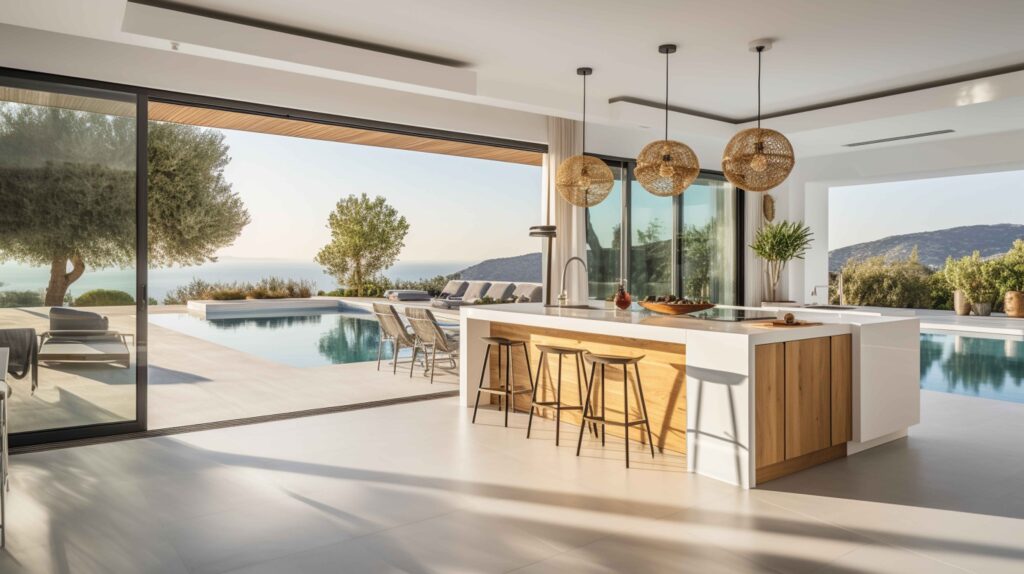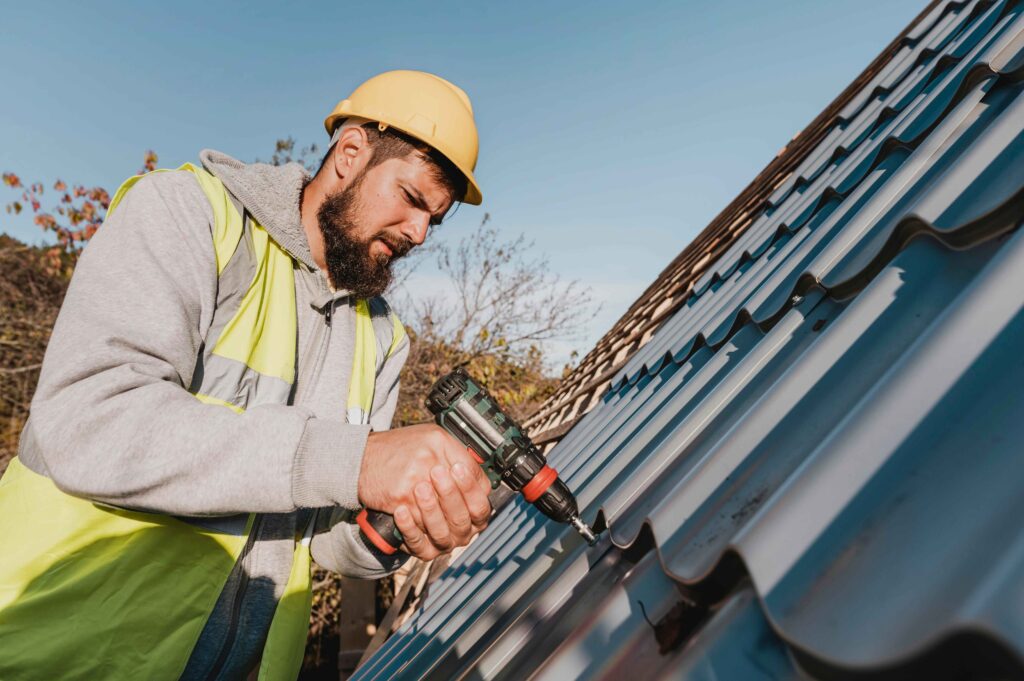There is also a flat roof and snow
Are you under the illusion that flat roofs are leaky, expensive and difficult to maintain? Find outthe truth here
As snow begins to fall here in Buffalo city, we are reminded of how our building
techniques have evolved, from primitive cabins designed solely for functional necessity to modern
dwellings based on convenience, luxury and nearly limitless options. The very concept of shelter
is linked to the image of a roof over our heads. And while the elements of snow and rain may shape
our lifestyles, advances in material technology and applications now offer more choices for the
shape of the roof over your head. Contrary to popular belief, people who live in snowy and humid
environments can live under a flat roof.
There are many misconceptions about using flat roofs in snowy environments. In fact, flat roofs
can be designed and built to handle each and every roof. If you are a modernist living in the snow
country, fear not. As you can see below, you can still have a flat roof.
A flat roof cannot support all the extra weight.
It’s a perfectly valid concern, but rest assured. Architects and engineers must keep this in mind
when designing roof structures. Snow can add weight, of course, but a house must support a variety
of loads, including wind, earthquakes, the weight of the building, furniture, and occupants. Snow
is actually one of the easiest things to design for, and all structures, regardless of roof pitch, are
built to support local snow load conditions.
I’ve generally found that the depth of structural framing needed to support snow loads on flat roofs
in my area matches well with the amount of insulation I need to provide anyway. So, the 12-inch
frame depth allows room for the right amount of insulation in the cavity. And whenever it snows,
the flat roof holds up an extra blanket of insulation.
Snow’s R-value, or resistance to heat flow, is approximately R-1 per inch. This means that 12
inches of snow on a flat roof will create additional R-12 insulation that arrives when you need it
most of the year.
This image shows another benefit of a flat roof. It can be very low. Low, flat roofs combine with
eye-catching features to blend seamlessly into the natural environment.
Using a combination of steel and wood for this connector roof, the architects designed the roof to
support sustained snow loads while protecting the walkways below from snow accumulation.
Flat roofs leak more
Yes, it can leak. Sloped roofs, hip roofs and shed roofs are also available. However, when properly
designed and installed, flat roofs have as good or better weathering properties than slanted roofs.

Flat roofs are expensive
Architects and builders remember everything you see in this image furniture, finishes, belongings
when designing and constructing a flat roof. None of us want water to damage your stuff.
A flat roof should be constructed like a swimming pool. It must be 100% waterproof. This requires
a concerted effort by multiple parties. It is the architect’s job to get the design right. You should be
able to trace the path of water droplets as they fall under the exterior surfaces of buildings, around
walls, around roof surfaces and around crevices, without lifting a pencil. In other words, water and
snow falling outside must be outside.
But all the proper design in the world doesn’t prevent incorrect installation. You should hire
someone with specific expertise in installing flat roof assemblies, with a commitment to using
specified, high-quality materials and systems.
Hire a local roofing expert https://kdroofers.com
Don’t let any of this intimidate you. We’ll do the same for the pitched roof, right?
Relative costs can be difficult to quantify, but there are claims that flat roofs are substantially more
efficient than pitched roofs. There are two reasons for this. First, fewer resources are used to
construct the actual roof assembly. A pitched roof requires several materials: shingles or metal,
rafters, ridge posts, insulation, braces, and collar ties.
Second, flat roofs allow heating and utilization of all spaces under construction. The space above
the ceiling surface of a pitched roof is often underutilized or needs to be heated because it contains
mechanical equipment.

This home by architect KDRoofers Staff is an elemental composition of Buffalo city‘s harsh, high desert region. The geometry is simply made up of concrete blocks
that define the volume of the house. It’s hard to imagine that these proportions could be achieved
with a pitched roof.
Of course, some materials and installation costs for flat roofs can be more expensive than for
traditional sloped roofs, but the cost comparison really depends on the final material choice. A
properly designed pitched wood shingle roof is more expensive than a flat roof with a waterproof
membrane covering the same floor area. Flat roof systems are used on commercial buildings for
good reason. Because it is cost effective.
A flat roof is flat
Whenever an architect speaks of a flat roof, they actually mean “nearly flat.” This is because all
flat roofs generally must have a built-in pitch of at least 1⁄4 inch per foot to shed water.
There are basically two ways to shed accumulated water on a flat roof. The simplest way is to
install the roof over the drain or, as at home, on the edge of the roof. The second is to place one or
more drainpipes at various points along the flat roof to route drainage to the outside of the building
separately.
A special type of insulation called tapered insulation is often used to install roofs. There is a preset
pitch for water sloping down the gutter and overlaid over the roof frame. This has the added benefit
of further insulating the roof.
The number of roof drains required depends on the roof area, but I like having at least two drains,
even for small roof areas. International building codes require measures to deal with flooding if
drains are clogged. This can be an overflow type drain placed approximately 2 inches above the
main drain or a drain placed at the edge of a wall.
The drain in this roof can be seen in the copper flat roof volume. The gutter floor refers to the
height of the roof behind the parapet wall. The wall height is set by the curves of the copper panels,
and the overall elevation ratio and the height of the flat roof that this wall covers is independent of
the wall height.
Flat roofs are a maintenance nightmare
Unfortunately, home ownership comes with many forms of maintenance. A flat roof, like any other
roof, requires maintenance. And roofs with drains require more attention than those without.
But as we said, proper design should minimize this maintenance and ensure that your drains
continue to function even when seasonal maintenance takes a back seat to your busy life.
Clearing debris from gutters and drains is a simple task similar to gutter maintenance, but most
important on a flat roof. When cleaning gutters, be sure to clean the roof quickly, inspect the
membrane for tears, and repair any found.
A roofing company https://kdroofers.com can help with annual maintenance.
Armed with this knowledge and working with professionals experienced in the design and
construction of flat roofs, you can enjoy modernism even when surrounded by snow.
Nitharsana
Leave a Reply
Your email address will not be published. Required fields are marked *




